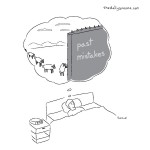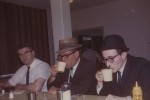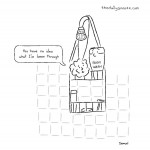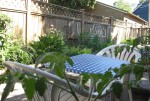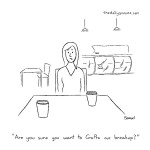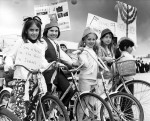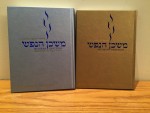For more cartoons, visit thedailysnooze.com.
Category: Life
Mystery photo … July 31/15
Three men eating at the Jewish Community Centre of Greater Vancouver, circa 1965. Rabbi Marvin Hier is sitting on right but the men on the left are unidentified. (photo from JWB fonds; JMABC L.11568)
If you know someone in these photos, please help the JI fill the gaps of its predecessor’s (the Jewish Western Bulletin’s) collection at the Jewish Museum and Archives of B.C. by contacting [email protected].
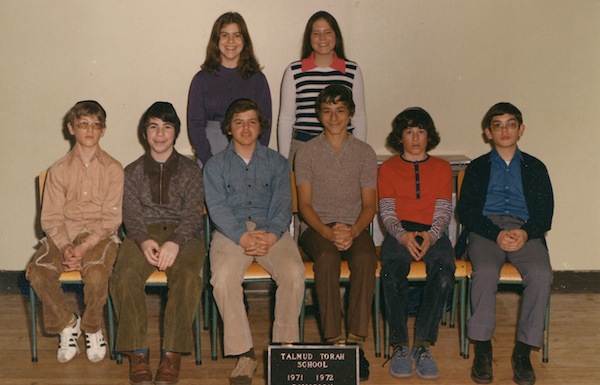

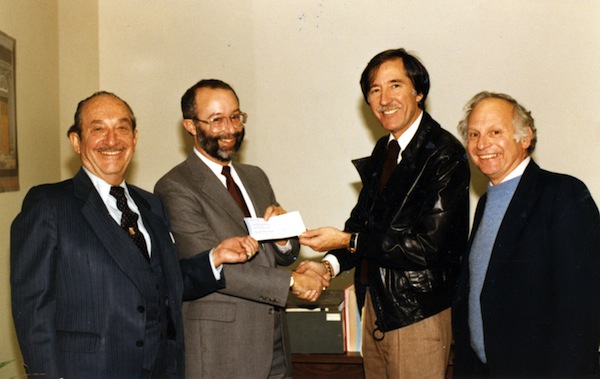
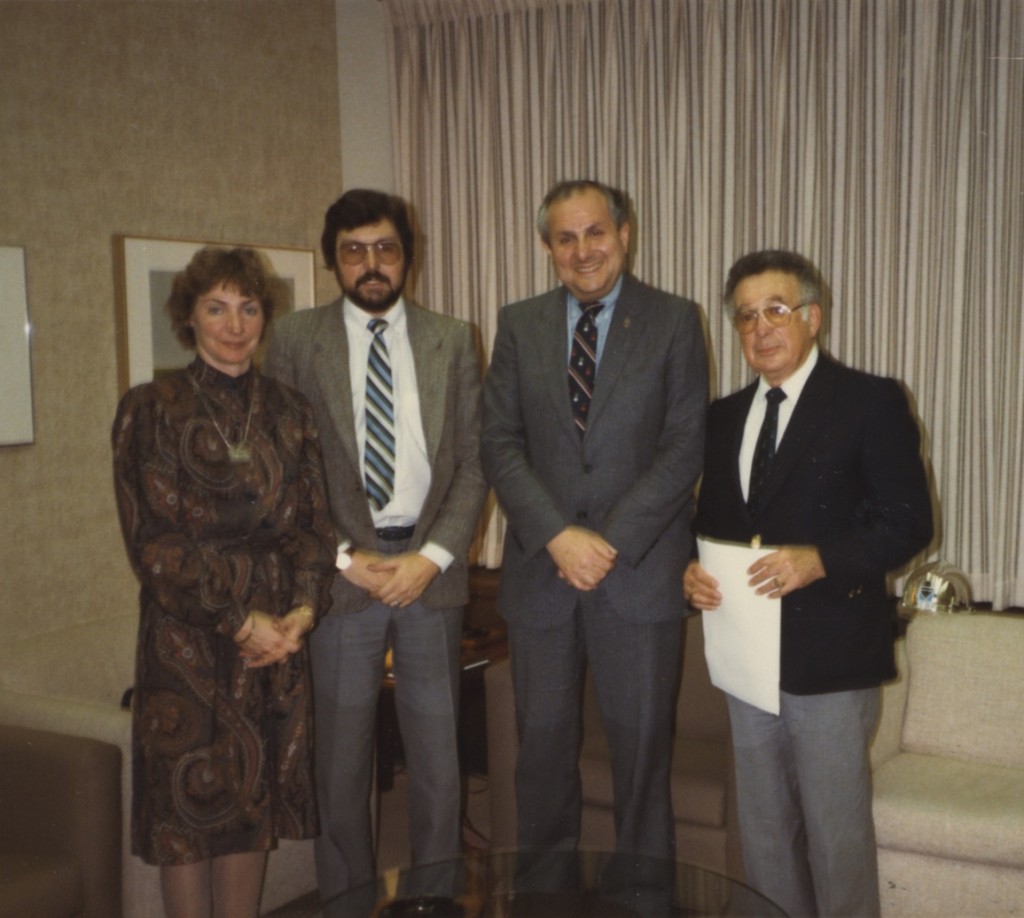
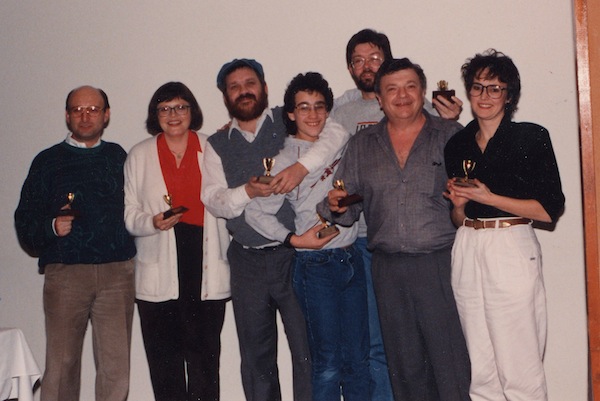
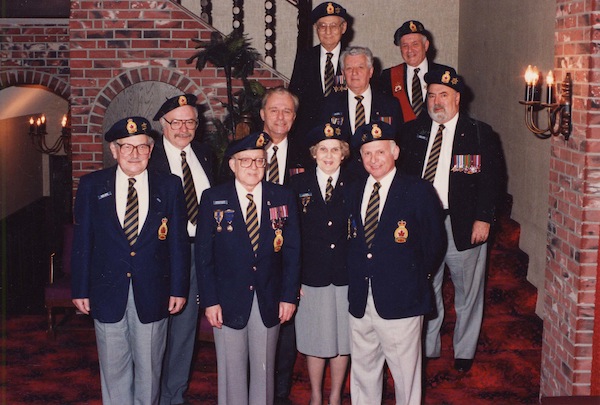
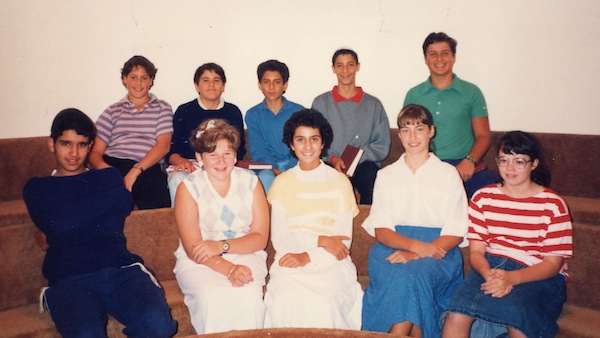
This week’s cartoon … July 24/15
For more cartoons, visit thedailysnooze.com.
This week’s cartoon … July 17/15
For more cartoons, visit thedailysnooze.com.
Mystery photo … July 10/15
Pioneer Women having tea, circa 1955. (JWB fonds, JMABC L.12595)
If you know someone in this photo, please help the JI fill the gaps of its predecessor’s (the Jewish Western Bulletin’s) collection at the Jewish Museum and Archives of B.C. by contacting [email protected].
The sweets of summer
There’s almost nothing better than eating outside in the summer. (photo by Cynthia Ramsay)
Think lazy summer days. Think warm evenings under a star-strewn sky. Think entertaining friends. Think luscious fruits, the chill of ice cream on your tongue, party desserts to tempt your palate. It’s time to be adventurous and try some wonderful summer puddings and desserts.
When the mercury soars, making a fancy dessert can seem like a tall order. The solution is to do most of the work in the cool of the morning or the night before. Finish the preparation at the last minute and present it with a flourish.
Here are a few tips you should keep in mind before trying out the recipes that follow. Egg whites for soufflés and meringues should always be beaten at room temperature, the eggs removed from the refrigerator two hours before beating. They should be fresh and, when you separate the whites, make sure not a speck of yolk gets in. One foolproof method is to break the egg into a saucer, covering the yolk with half an eggshell. Tilt the saucer, pouring off the whites into a clean, dry bowl and use dry beaters. Add a pinch of salt to the whites before beating.
The success of making good cold and frozen puddings often depends on using gelatin (all supermarkets in Israel and many abroad sell a kosher version). Stir it into cold liquid and only afterwards add to the hot mixture. When turning out a frozen pudding, wring out a towel in hot water and hold it over the mold for a few seconds … it will then slide out easily. Egg custards should never be allowed to boil: cook on very low heat or in a double boiler, stirring all the time.
So, let’s get started!
AMBROSIA
6 oranges
2 red apples
1 small tin pineapple rings
3 bananas
a few cherries
1/2 cup sugar
1/2 cup liqueur or sweet sherry
1 cup chilled, whipped cream
other seasonal fruits as desired
Peel and remove skin from oranges. Slice unpeeled apples into thin rings. Peel and slice bananas. Cover apples and bananas with lemon juice to avoid discoloration. Drain pineapples, remove stones from cherries and halve.
In a glass dish, layer the fruit, sprinkling each layer with a teaspoon of sugar. Reserve cherries for the top. To the pineapple syrup, add liqueur or sherry and pour over the fruit. Cover tightly and chill overnight.
Serve with cream that is passed around in a separate bowl.
MIXED BERRY COBBLERS
6 cups mixed berries (strawberries, blueberries, blackberries, raspberries, fresh or frozen)
1 tsp grated lemon zest
1 tbsp lemon juice
2/3 cup sugar
1/4 cup instant tapioca
biscuit topping:
1 cup flour
2 tbsp wheat germ
1 1/2 tsp baking powder
pinch salt
1/4 cup chilled unsalted butter cut into small pieces
1/2 cup milk
1 egg white lightly beaten
1 tbsp sugar
Pre-heat oven to 375˚F.
Mix berries, lemon zest and juice, sugar and tapioca in large bowl until well combined. Let stand 15 minutes. Spoon one cup of the mixture into each of six one-cup ramekins. Place on a baking sheet. Bake for 20 minutes or until bubbly.
For the topping, stir together flour, wheat germ, baking powder and salt in a medium-size bowl. Cut in the butter with two knives until mixture resembles coarse crumbs. Stir in milk. (The dough will be sticky.)
Remove the baking sheet with ramekins from the oven. Gently stir the filling in each ramekin. Drop 1/4 cup of dough over each ramekin, brushing the dough with egg white. Sprinkle with sugar. Return to the oven, and bake a further 20 minutes until topping is golden. Serve in the ramekins, warm and topped with whipped or ice cream.
APPLE SPONGE PUDDING
4 large cooking apples
2 sticks cinnamon
4 tbsp sugar
300 grams stale cake
1/2 cup thick, whipped cream
Cut up the peeled apples and cook them with the cinnamon and a little water until soft. Grate the cake or crumble to crumbs. In a glass dish, put a thin layer of mashed apple, sprinkle with sugar and cover with a layer of cake crumbs. Continue until all the cake and apples are used up. Spread cream smoothly on top and chill. Serve very cold.
CHOCOLATE MOUSSE
250 grams plain chocolate
4 eggs
4 tbsp sherry or sweet red wine
Cut chocolate into small pieces and melt over hot water.
Separate whites and yolks from the eggs. Beat yolks thickly and stir into chocolate until blended. Add a pinch of salt to the whites and beat till very stiff. Fold into the chocolate mixture with sherry. Spoon into glass dishes, chill and serve.
PINEAPPLE SUPREME
1 large pineapple
1 cup brown sugar
2 tbsp rum
2 tbsp butter
1 cup whipped, sweetened cream
Slice off pineapple top to make a “lid.” Trim base so that the pineapple stands upright. Scoop out flesh and cut into pieces, removing the core. Sweeten with sugar and rum, then put the mixture back into the shell. Dot top with pieces of butter and wrap the pineapple in foil. Wrap the “lid” separately in foil. Stand upright on baking sheet and bake in hot oven (350˚F) for 45 minutes. Remove foil and cover with “lid.” Place pineapple on serving dish and serve with cream or ice cream separately.
GRAPE-PINEAPPLE ICE CREAM
1 cup grape juice
1/2 cup drained, crushed pineapple
1/4 cup lemon juice
1/2 cup sugar
1/2 cup pineapple syrup
1/2 cup water
Heat the water and sugar until the sugar dissolves completely. In a large bowl, combine all the ingredients and stir well. Pour into ice trays and freeze until hard. Remove to a chilled bowl and beat for one minute, until fluffy and light. Return to trays and freeze three hours.
Serve in chilled glasses topped with fresh mint leaves.
Dvora Waysman is the author of 13 books. She can be contacted at [email protected] or through her blog dvorawaysman.com.
This week’s cartoon … July 3/15
For more cartoons, visit thedailysnooze.com.
Mystery photo … June 30/15
Children with bicycles, possibly at a Beth Israel parade, Vancouver, 1970. (JWB fonds; JMABC L.09774)
If you know someone in the photo above or any of those below, please help the JI fill the gaps of its predecessor’s (the Jewish Western Bulletin’s) collection at the Jewish Museum and Archives of B.C. by contacting [email protected].

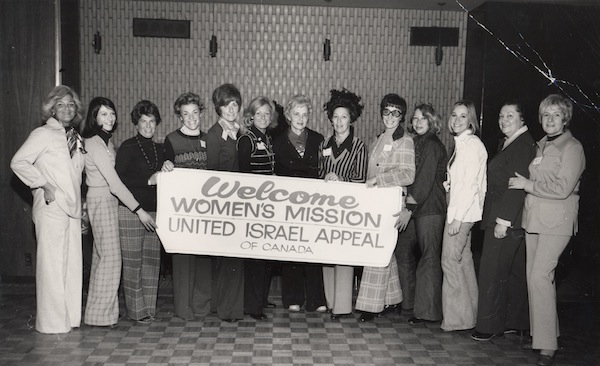
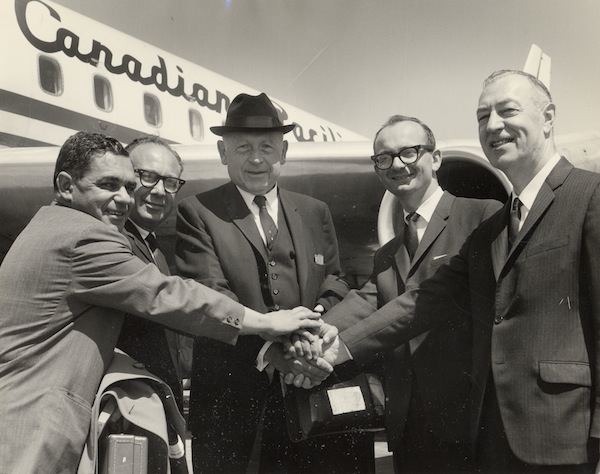
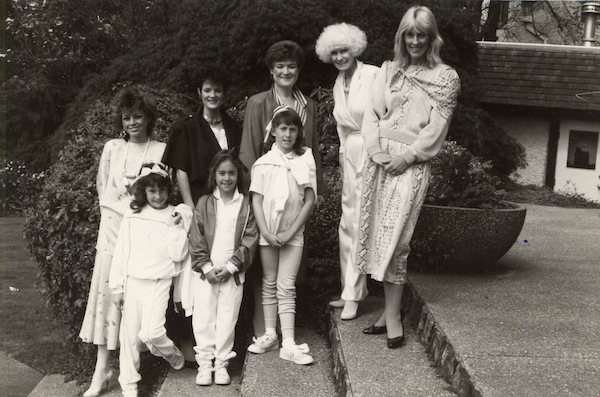
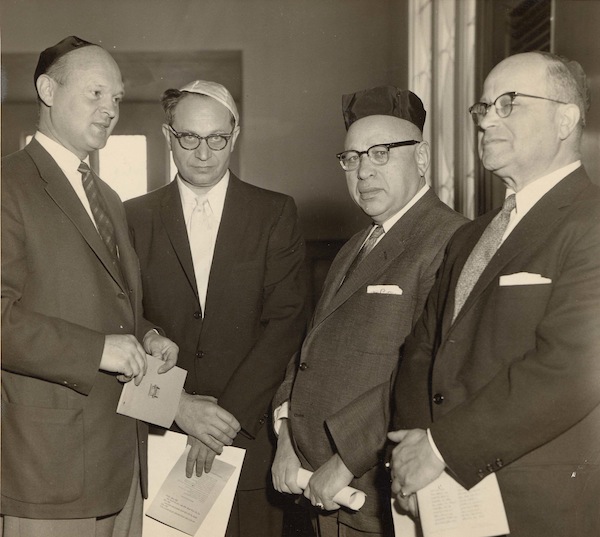
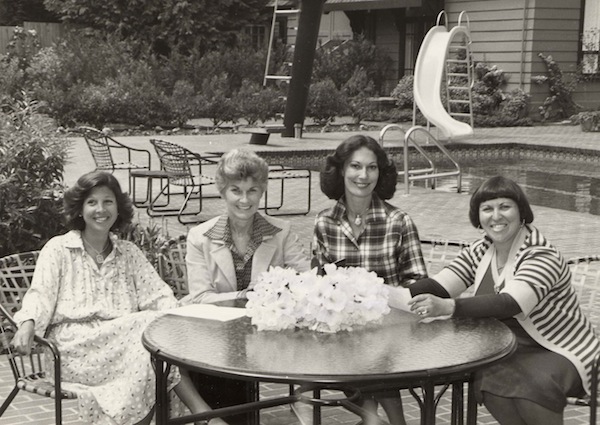
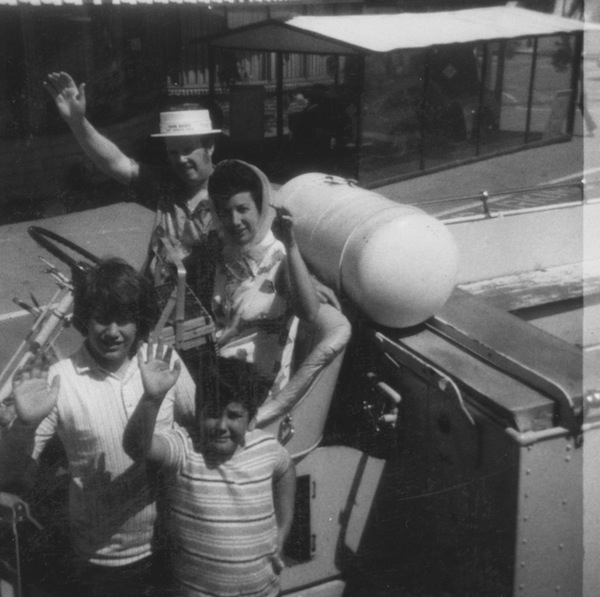
Reform has new prayer book
This month, the Reform movement’s new High Holiday prayer book, Mishkan HaNefesh, is being published. It replaces Gates of Repentance, which has served the movement since 1978, and is a companion to the movement’s siddur, Mishkan T’filah, which was published in 2007.
“It was an innovative siddur in a number of ways,” Rabbi Hara Person, publisher and director of CCAR Press, the Central Conference of American Rabbis’ publishing division, told the Independent. “It includes a lot of poetry and other kinds of readings that haven’t historically been in prayer books. It includes both the faithful translation of the text alongside, in some cases, alternative translations.
“The approach is multi-focal. It’s not an approach that says there is only one way to read our tradition or prayer. Instead, it opens up to people different ways of understanding, and struggling and grappling, with the text and tradition … and with theology.”
As an example of the new machzor’s increased accessibility, Person explained that, as does Mishkan T’filah (Sanctuary of Prayer), Mishkan HaNefesh (Sanctuary of the Soul) includes transliteration throughout for all of the prayers. “We wanted it to be open and welcoming to people, no matter what their background or how much or little a Jewish education they have,” she said.
About the diversity of the people sitting in the pews, she added, “Some may not be Jewish at all. They might be there with a Jewish spouse or partner. We don’t want to tell them that there’s nothing there for them. We want them to be able to learn and participate to the extent that they’re comfortable.”
Another significant aspect of the machzor is its inclusivity. “For over 25 years,” said Person, “we’ve been speaking up about inclusion of gay and lesbians in our communities on every level, so this is just another piece of that. That’s true for anybody who walks through our doors.”
This meant that the language of some of the prayers had to be updated.
At the heart of the prayers that talk about a bride and groom, for example, is the love between a couple. “So, we changed the language to reflect that and to not exclude gay and lesbian couples,” said Person. “Also, regarding being called to the Torah, we felt it should reflect the view and acceptance of all people, including those struggling with gender identity … calling people from the ‘house of’ as opposed to referring to them as ‘the son or daughter of.’…”
These most recent changes follow those that have come before regarding the increased participation and recognition of women.
“I think the Reform movement has a long history of egalitarianism, even from the very start,” said Person. “Even before women were rabbis, the Reform movement did away with separate seating in synagogues, so very early on in the history of the Reform movement, men and women were allowed to sit together in synagogues.
“So, these are just further steps in that progression of treating everybody with dignity and with a sense of equality and inclusiveness, and a way of saying we are all created in the image of God … women as well as men. It’s true for gay or straight or trans. Why would we exclude some but not others? It’s part of our value system to be inclusive.”
The new machzor has been in the works for a long time.
“We did a tremendous amount of piloting ahead of time,” said Person. “The book was in development for five or six years. Over those years, we had about 350 congregations across North America who piloted different sections of it.”
Some other interesting features of the new machzor are the poetry – from American and also Israeli writers – and art.
“We worked with an artist in New York named Joel Shapiro,” explained Person. “He created an opening piece of art for each of the services. They are woodblock cuts. He spent a huge amount of time studying the services and prayers and was inspired to create the art for the services.
“For me,” she continued, “it’s really exciting because some people love poetry and that’s going to … be a way into the prayer book and into the experience of worship for them. For others, it will be the commentary, and for others still, it will be the art…. Art may open the door for them and help them walk in. It’s really exciting that we were able to do all these things within the prayer book.”
A large-print version of Mishkan HaNefesh will also be available, as will an e-book version. “There is a percentage of people who actually use machzors before the holidays to do their own spiritual preparation,” said Person. “This book has so much in it for that. For a tablet, maybe they’d use it ahead of time, but not bring it to synagogue. I don’t know.”
For more information about the new machzor, visit ccarpress.org.
Rebeca Kuropatwa is a Winnipeg freelance writer.
Fathers of biblical greats
The great epic poet Homer once said, “For rarely are sons similar to their fathers; most are worse, and a few are better.” In honor of Father’s Day, here are some quick facts about some rather unfamous (though not all infamous) fathers of famous biblical characters.
Terah, father of Abraham. The biblical verse is mostly silent on Terah’s life and times, its brief description of his family and travels serving only to set the stage for the story of Abraham. But various ancient interpretive traditions grew around the character of Terah in the imagination of the rabbis, especially as they pertain to the spiritual evolution of Abraham. Terah is portrayed in the Midrash as a typical worshipper of Mesopotamian gods, perhaps even a priest, who kept a sizable collection of stone idols. His precocious son Abraham, so the familiar tale goes, having become convinced of the powerlessness of these images, smashed all but the biggest one to pieces, then left his hammer in the remaining statue’s hands. When a furious Terah later demanded an explanation for the disaster, Abraham cleverly blamed the one idol he’d left standing, claiming that a fight had erupted in which it was the sole victor!
Elkanah, father of Samuel. Elkanah had two wives, like many men of his day, but had only been able to have children with one of them. The biblical narrator tells us that it was his other wife, Hannah, who was his favorite of the two. Hannah was greatly depressed by her infertility and Elkanah, in what is perhaps one of the earliest accounts of male insensitivity, responds: “Hannah, why do you weep? And why do you not eat? And why does your heart grieve? Am I not better to you than 10 sons?” (I Samuel 1:8) In fact, having a son was so important to Hannah that she made a deal with God: if granted a son, she offered to permanently lend him to the service of the divine. Thus, Samuel, when he came of age, became the servant of the High Priest Eli, and grew to be one of the great prophets of Israel.
Jesse, father of David. The importance of the genealogy of David to both Jewish and Christian messianic thought has helped make Jesse a more familiar name than some of the other dads on our list. Jesse is said to have descended from Judah, the fourth son of Jacob, who in Jewish lore was given the rightful kingship of Israel. The book of I Samuel contains the dramatic account of Samuel visiting the house of Jesse in Bethlehem, having been instructed by God that one of the man’s sons has been chosen to replace the weakened King Saul. Jesse innocently offers Samuel his oldest, tallest son Eliab, assuming him to be the best man for the job, but he and Jesse’s next six sons are all rejected by God until the youth David is called in from the sheep pastures. Jesse later has a hand in David’s fate, when he sends the lad to bring bread and cheese to his older brothers, who are stationed at an Israelite military base preparing for war with the Philistines. It is there that David hears the taunts of the enemy champion Goliath, and launches the bold challenge that would propel him to becoming one of the most celebrated monarchs in history.
Manoah, father of Samson. Manoah was descended from the tribe of Dan, and also had a wife with whom he could not conceive. He and his wife were eventually visited by an angel, who told them that they would soon have a son, but commanded them to raise him as a nazir, a consecrated individual who cannot drink wine or have their hair cut, according to biblical law. This they did, and the result was the super-strong and highly temperamental Samson. As a young man, Samson became interested in taking a Philistine woman as a wife, to which his parents protested, “What, there’s not enough Israelite girls around here?” (See Judges 14:3 for the exact quote.) Nonetheless, despite his disappointment, Manoah makes the trip to meet the woman and negotiate her marriage to his son, perhaps to be a supportive dad, but perhaps because there was simply no arguing with Samson.
Binyamin Kagedan has a master’s in Jewish thought from the Jewish Theological Seminary of America. To read more from Kagedan, visit jns.org.

